Standing in the heart of Palermo, Sicily, I felt genuinely awestruck by the Norman Palace. This building has watched centuries of history pass right through its doors.
The Palace of the Normans is Europe’s oldest royal residence still in use today. It has served as the seat of power for Byzantine, Arab, Norman, and Spanish rulers over its long and storied history.
As I wandered through its halls, the weight of time felt almost tangible. This place still buzzes with official life, and I couldn’t help but think about all the decisions made here, even now.
What really struck me was the palace’s commanding position, perched on the city’s highest ground. Builders set it atop ancient Punic remains, which archaeologists uncovered back in 1984.
The Norman Palace isn’t just a relic—it’s alive. Sicily’s regional parliament meets here, so it’s a rare spot where medieval power and modern democracy actually cross paths.
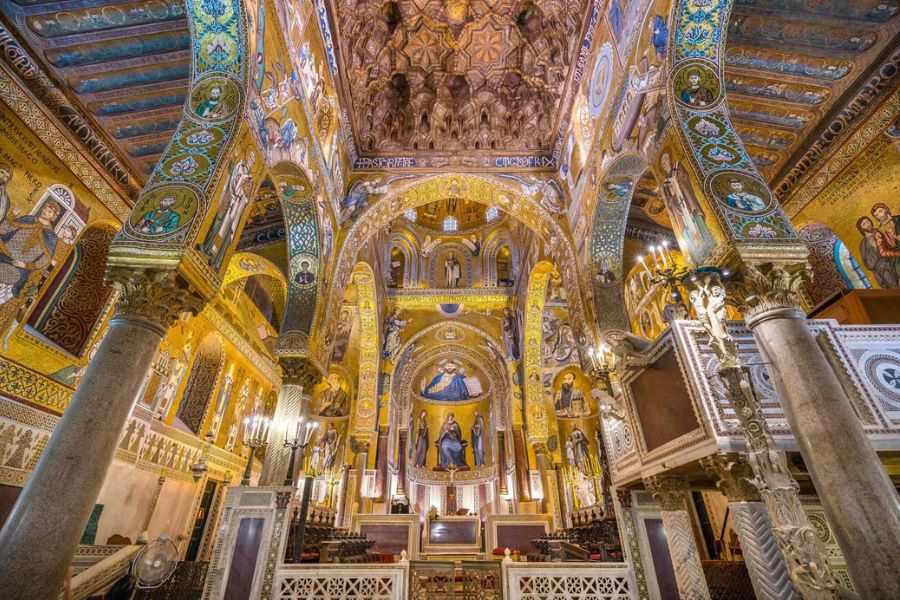
If you go, don’t rush your time in the Palatine Chapel. Those Byzantine mosaics? They’ll stop you in your tracks with their wild colors and intricate detail.
History of the Norman Palace: Europe’s Oldest Royal Residence
The Norman Palace stands as a wild testament to Sicily’s tangled past, with layers of history that just keep piling up. Over the centuries, rulers from all over the Mediterranean have called it home.
Origins and Early Construction
Builders picked the highest point in Palermo for the palace’s site. That was a smart move, honestly.
Archaeologists found Punic installations here, dating back to ancient times. Those 1984 discoveries really show how this spot mattered long before the palace rose.
Arab rulers recognized the value of this spot and built a fortress here first. That’s where the palace’s foundations began.
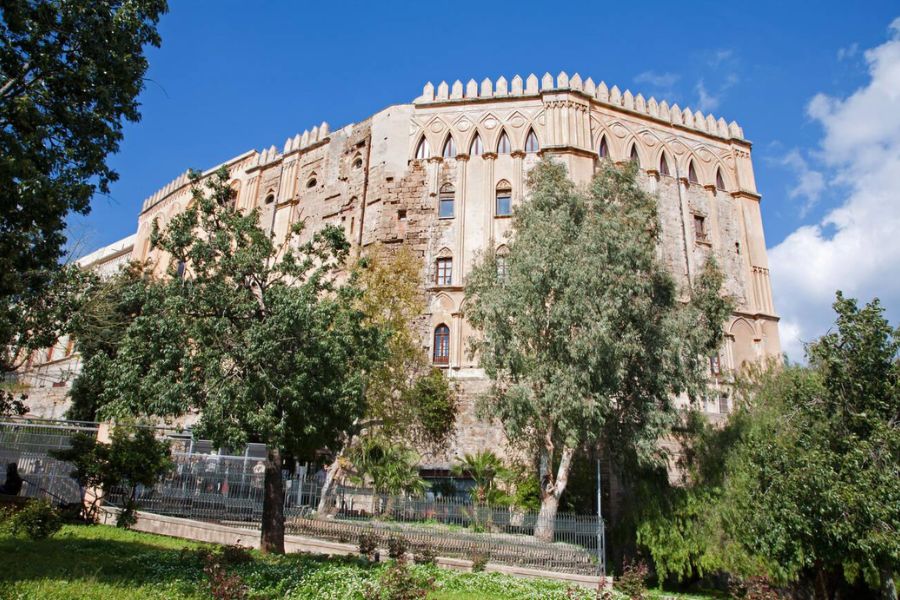
When I visited, I was surprised to see original Arab elements still tucked into the lower levels. Walking those ancient corridors, I felt the centuries stretching behind me.
The Kingdom of Sicily and Norman Rule
The palace became truly important after the Normans took Sicily in the 11th century. Roger II, crowned Sicily’s first king, turned the place into a royal palace around 1130.
What really gets me about this era? The Normans didn’t tear down what came before—they built on top of it.
On my tour, our guide pointed out how Norman, Arab, and Byzantine styles all mix together here. Sicily really was a crossroads, and you can see it in every arch and mosaic.
Later, the palace served as the private home for Sicilian kings. Frederick II, one of history’s most fascinating rulers, expanded the place and left his unique mark.
From Citadel to Royal Palace of Palermo
The palace shifted from a military citadel to a royal residence over many years. Each wave of rulers—Normans, Hohenstaufens, Angevins, Aragonese—added something new.
I loved seeing how the palace adapted through the ages. What started as a fortress slowly became a lavish home packed with art.
The Palatine Chapel is the showstopper. Its Byzantine mosaics left me absolutely speechless.
By the late Middle Ages, the Norman Palace stood as Palermo’s royal residence. Its unbroken use over the centuries makes it unique in Europe.
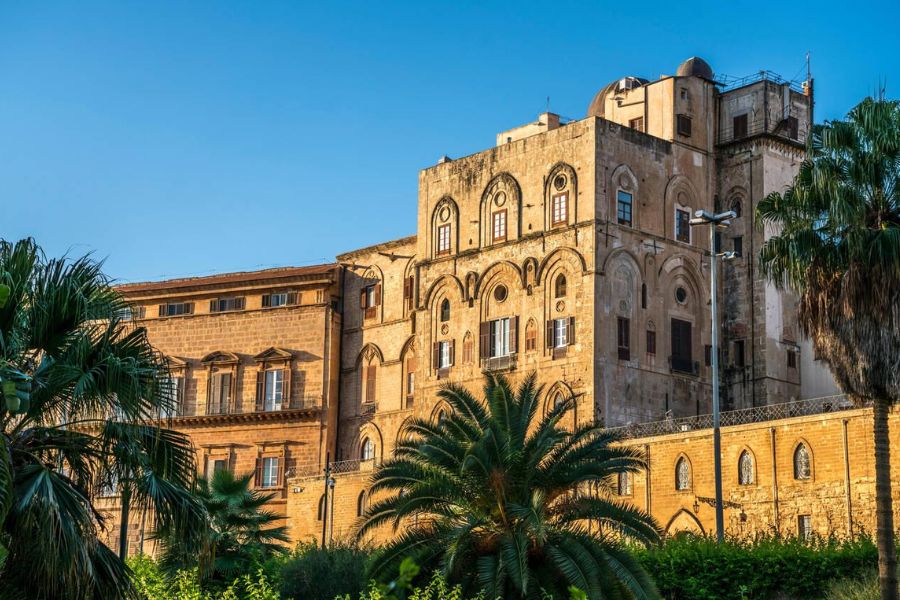
Today, when I walk those halls, I’m literally following in the footsteps of kings and nobles. The palace still houses Sicily’s regional parliament, keeping its ancient role alive.
Architectural Marvels and Iconic Spaces
The Norman Palace bursts with architectural surprises. Every space tells a different story, mixing styles from all over Sicily’s history.
The Maqueda Courtyard
The Maqueda Courtyard immediately caught my eye. Elegant arcades climb three stories high, wrapping around a bright, open space.
Built in the late 16th century during Spanish rule, this courtyard brings Renaissance flair to the old Norman structure.
Four fountains, each with mythological figures, mark the corners. Sunlight pours in, bouncing off the warm stone and changing the mood all day long.
When I visited, I saw people naturally gathering here—just as they did centuries ago.
The Greek Tower and Citadel Remnants
The Greek Tower is one of the oldest parts of the palace. It’s a reminder that this place started as a fortress.
Thick walls and a strategic position show off its defensive roots. Archaeologists even found Punic foundations under the tower, proving this spot mattered long before the Normans.
I found it amazing how these ancient pieces fit into the later palace design. Standing next to those massive stones, I could almost hear echoes of the past.
The Royal Apartments
The Royal Apartments scream luxury and power. Ornate ceilings, marble floors, and elaborate wall details show off the kingdom’s wealth.
The throne room really stands out with its gold accents and royal imagery. Each room had a special purpose, whether for ceremonies or private moments.
You’ll spot Norman, Arab, and Byzantine influences everywhere. Intricate wood carvings and patterns hint at Islamic art, while some rooms lean more Western.
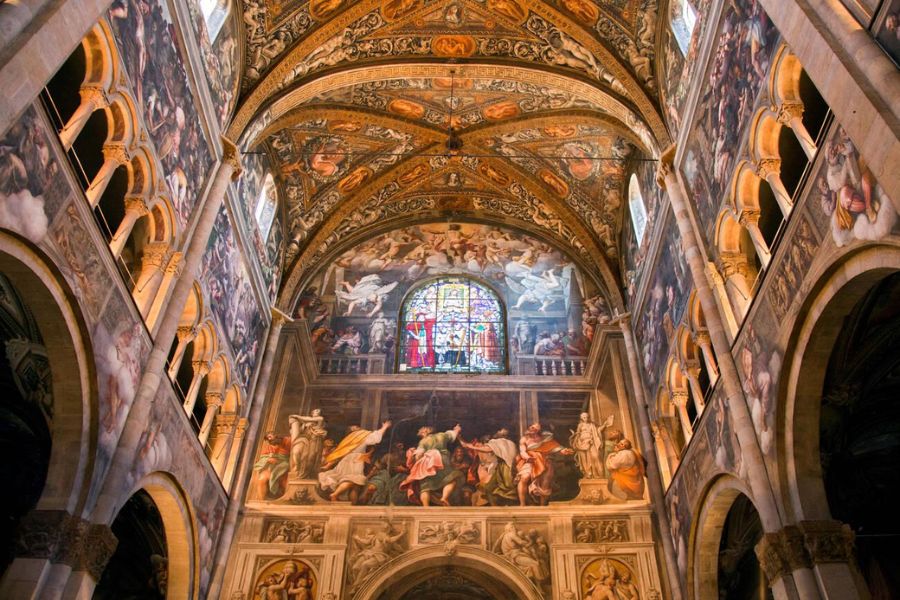
Even now, these rooms host important government events. The royal spirit lingers on.
The Palatine Chapel (Cappella Palatina): Golden Heart of the Palace
The Palatine Chapel is the palace’s crown jewel. Built in 1130, when Roger II became king, this chapel fuses Byzantine, Norman, and Fatimid styles into one stunning space.
Byzantine Mosaics and Gold Treasure
Stepping inside, I’m always floored by the gold mosaics. They catch the light and make the whole place glow.
These mosaics cover nearly every upper wall and ceiling, creating a space that feels almost otherworldly.
The gold isn’t just for show. It’s meant to represent heaven’s light, turning the chapel into a bridge between earth and paradise.
What’s wild is how these mosaics show off Sicily’s role as a crossroads. You can see the influence of Constantinople, but with local twists.
Christ Pantocrator and Sacred Art
The Christ Pantocrator dominates the dome. His gaze follows you, making the whole chapel feel watched over.
Mosaics on the walls tell biblical stories, mostly from the New Testament. They weren’t just art—they helped people who couldn’t read understand the stories.
I love how the scenes move chronologically from the dome down. It’s like a visual journey through Christian history.
The detail in the faces and clothes is honestly mind-blowing, especially when you remember these mosaics are almost 900 years old.
Interior of the Palatine Chapel
The chapel’s interior somehow blends three cultures into a unified space. Norman arches hold up Byzantine domes, and Islamic-inspired designs decorate the surfaces.
The wooden ceiling, with its intricate muqarnas and painted stars, screams Fatimid influence. The geometric patterns play off the Christian images below.
What I really enjoy is how the light changes the chapel throughout the day. Morning sun lights up one set of mosaics, afternoon another. Every visit feels a bit different.
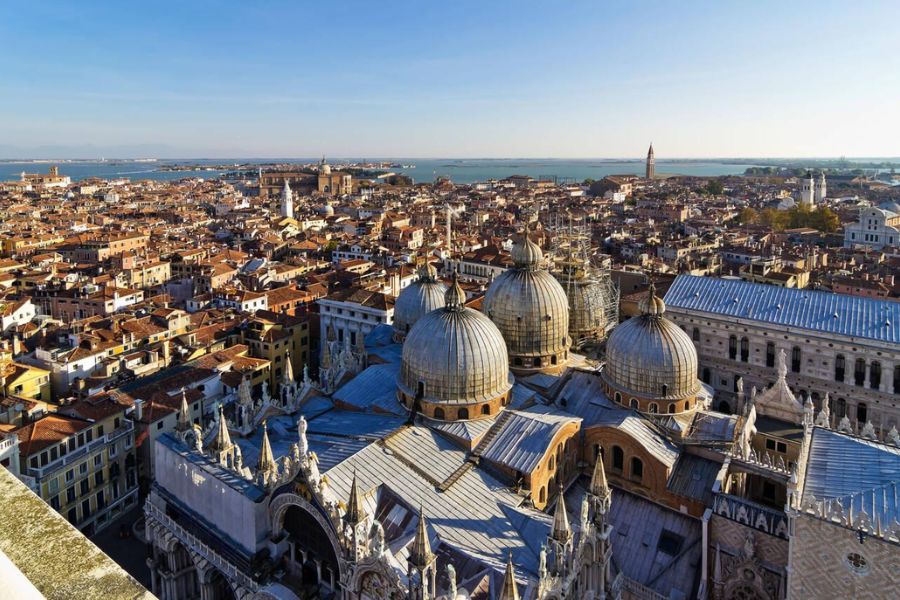
Marble floors and columns give the place a sense of weight and permanence. It’s a spot where heaven and earth almost touch.
Periods of Power: Sovereigns, Viceroys, and Sicily’s Regional Government
The Norman Palace has seen wild swings of power. Kings, emperors, and governors have all called it home, and it’s still a government hub today.
Roger II and Norman Influence
Roger II took the palace to new heights in the 12th century. Under his rule, it became a symbol of Norman strength in Sicily.
He set up his court here, creating a blend of Arab, Byzantine, and Norman cultures. The Palatine Chapel, his masterpiece, still proves how unique that mix was.
Walking these halls, I could almost sense the energy of Roger’s ambitious court. His reign marked Sicily’s golden age, with Palermo as its shining capital.
Norman kings after Roger II kept the palace as their main residence, locking it into European royal history.
The Role of Sicilian Kings and Viceroys
After the Normans, the palace stayed at the center of power through several dynasties. Frederick II of Hohenstaufen, called “Stupor Mundi,” ruled from here in the 13th century.
During Spanish rule, the palace shifted from royal home to administrative center. Spanish viceroys ran Sicily from here for almost three centuries.
They remodeled parts of the palace, adding Renaissance and Baroque touches. These viceroys managed day-to-day affairs for distant Spanish monarchs, keeping tight control over the island.
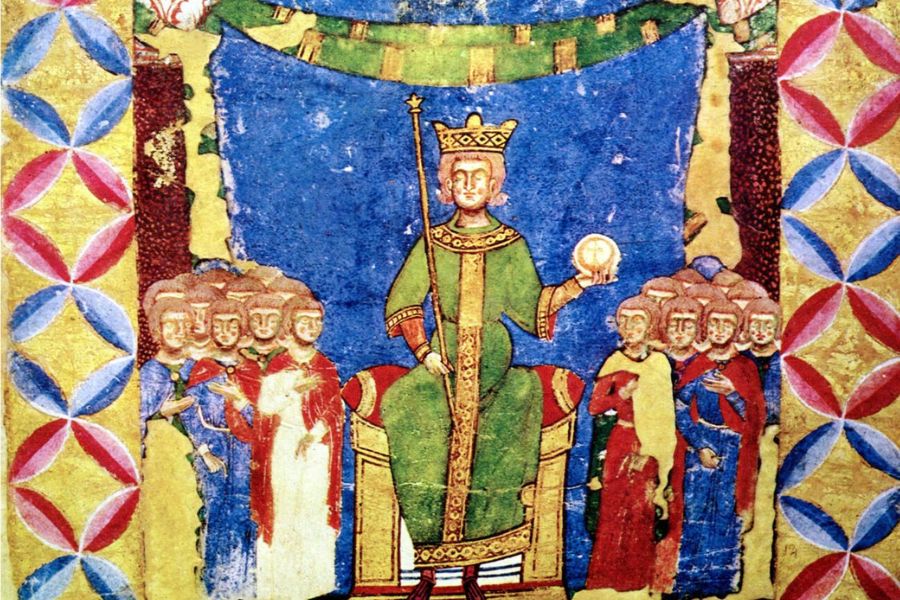
Each new ruler tweaked the palace, but it always stayed Sicily’s political heart.
The Sicilian Regional Assembly Today
Since 1946, the Norman Palace has housed the Sicilian Regional Assembly. That makes it not just Europe’s oldest royal residence, but also one of its longest-used government buildings.
I’m impressed by how they’ve updated the palace for modern politics. The Assembly meets in the old royal apartments, handling Sicily’s affairs in rooms where kings once ruled.
Sicily has special autonomous status in Italy, so the Assembly deals with things like tourism, agriculture, and cultural heritage. Visiting now, you see history in action—medieval walls with modern debates inside.
The Assembly has 70 elected deputies who serve for five years. They draft laws and manage Sicily’s budget, keeping the palace’s role as a center of power alive.
You can tour the palace when the Assembly isn’t meeting, which lets you see this unique blend of past and present up close.
Cultural Heritage and UNESCO World Recognition
The Norman Palace stands out as a true treasure in Italy’s cultural landscape. Its importance goes way beyond Sicily, showing off centuries of diverse cultural influences that shaped the Mediterranean.
UNESCO World Heritage Site Status
In 2015, UNESCO added the Norman Palace to its World Heritage List as part of “Arab-Norman Palermo and the Cathedral Churches of Cefalù and Monreale.” This honor highlights the blend of Byzantine, Islamic, and Western cultures that flourished during the Norman era.
The UNESCO listing covers nine monuments that show off this cultural mix. The Norman Palace, with its Palatine Chapel, sits at the center of it all.
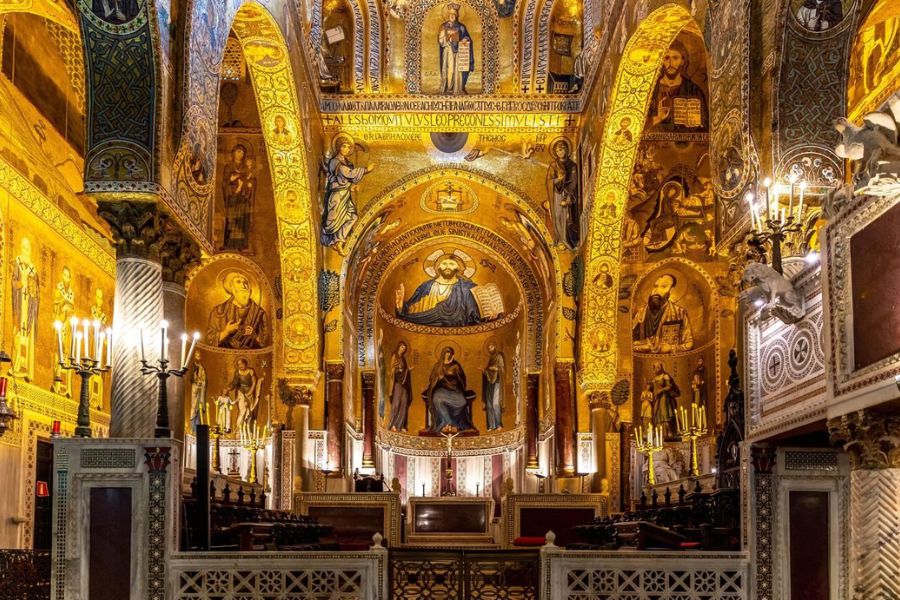
What really makes this site special? It’s proof that different cultures could coexist and create something breathtaking together in the 12th century. The mix of styles and artistry here is like nowhere else.
The Palace’s Legacy in Modern Italy
These days, the Norman Palace sits at the heart of Sicily’s Regional Assembly. It’s wild to think this place still pulses with political life, carrying on a centuries-old tradition of governance.
I dropped by during a parliamentary break. Honestly, I was a little surprised to see how seamlessly this ancient building fits into modern Italian politics. The palace really stands as a symbol of Sicily’s unique autonomous status. Lawmakers gather in the same halls where kings once held court.
For Palermo—and really, for all of Italy—the palace sparks a sense of national pride and cultural identity. You’ll see thousands of visitors pouring in every year. Tourism here isn’t just a side note; it’s a real boost for the local economy.
Unlike most of Europe’s royal residences, the Norman Palace hasn’t turned into just another museum. People still use it for its original purpose, which gives it a certain energy you can actually feel.
Gardens, Hidden Treasures, and Practical Travel Experiences
Step outside the grand halls and you’ll find the Norman Palace has more up its sleeve. The outdoor spaces, tucked-away art, and unexpected visitor experiences? Most tourists miss them.
Exploring the Gardens and Courtyards
The palace gardens offer a quiet escape from Palermo’s constant buzz. I wandered through the central courtyard, and honestly, the mix of Mediterranean plants and ancient stone paths felt magical.
The Courtyard of Maqueda caught my eye with its elegant arches and columns. It frames the open space in a way that’s just begging for photos. You get a whole new angle on the palace’s architecture here.
If you poke around, you’ll stumble into smaller, hidden gardens. Sometimes, you might have these peaceful corners entirely to yourself. I like to imagine royal residents centuries ago sneaking away for a moment of calm in these same spots.
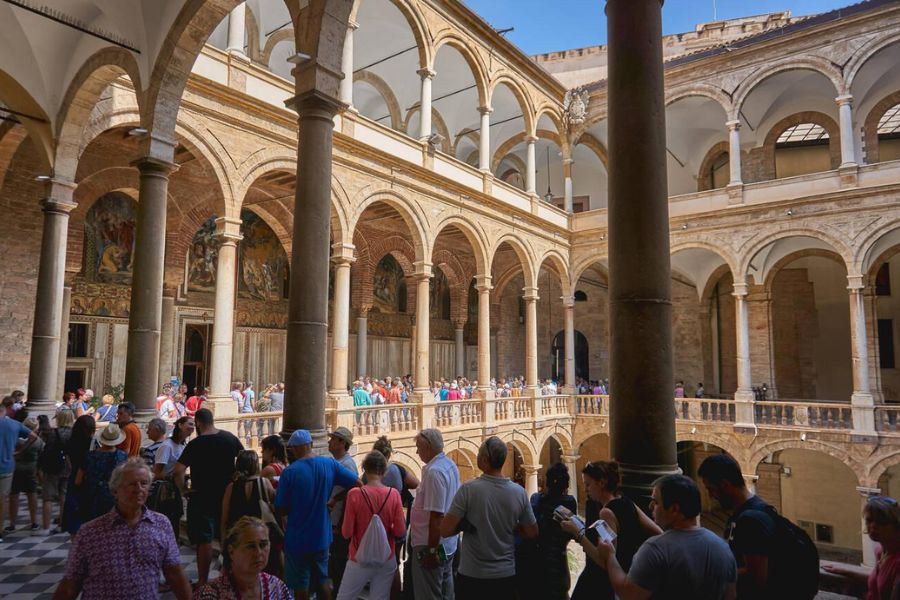
The gardens shift with the seasons. Spring brings out bursts of color, while summer covers everything in lush greenery against those old stone walls. If you can, go in the morning—the light is gentle and the crowds haven’t arrived yet.
The Treasure Room and Sala di Ruggero
The Treasure Room blew me away with its collection. Royal jewels, ceremonial objects, and fascinating historical documents fill the space, each piece telling another chapter of Sicily’s royal story.
When I stepped into the Sala di Ruggero (Roger’s Room), I just stood there for a minute. The walls dazzle with Byzantine-style mosaics—hunting scenes, exotic animals, all shimmering gold when sunlight sneaks in.
You can really see the 12th-century artists’ skill in every detail. Don’t forget to glance at the ceiling. Those Arabic-inspired geometric patterns say a lot about Sicily’s multicultural past.
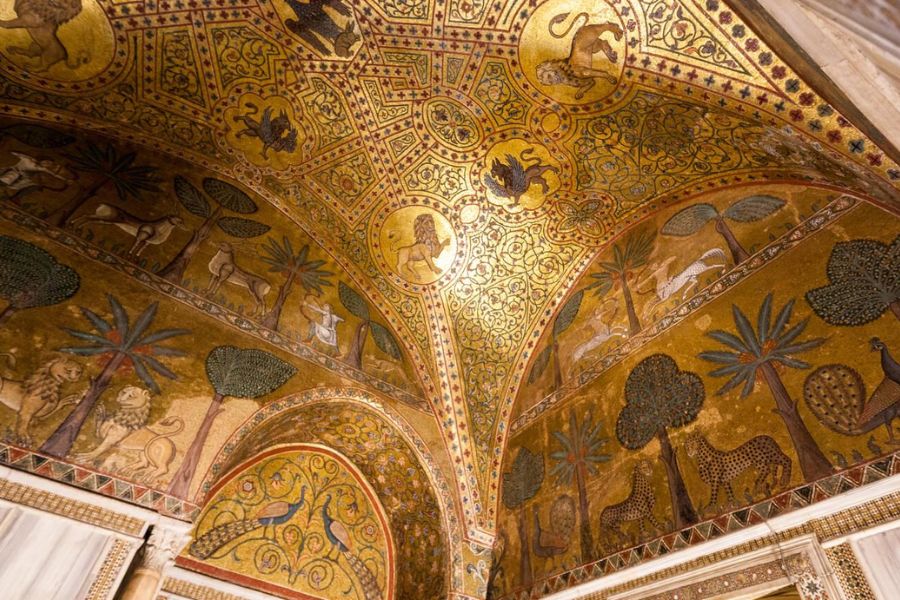
Photography’s pretty limited here to protect the fragile art, which is fair. Still, I promise the memories you’ll leave with are better than any snapshot.
Tips for Visiting the Norman Palace
Try to get there early! Crowds pile up fast, especially in summer. I always buy tickets online—nobody wants to waste time stuck in a line.
Here’s when you can visit:
- Monday to Saturday: 8:30am to 5:00pm
- Sundays: 8:30am to 1:00pm
- Closed on major holidays
Wear comfy shoes, trust me. Those stone floors aren’t exactly gentle on your feet. If you want to see everything, you’ll probably spend 2-3 hours wandering around.
Think about hiring a guide or grabbing the audio tour. They really bring the palace’s history to life. I picked up so many cool stories about the royal families that I never would’ve noticed on my own.
Want great photos of the Palatine Chapel? Aim for mid-day—the light hits the golden mosaics just right.

